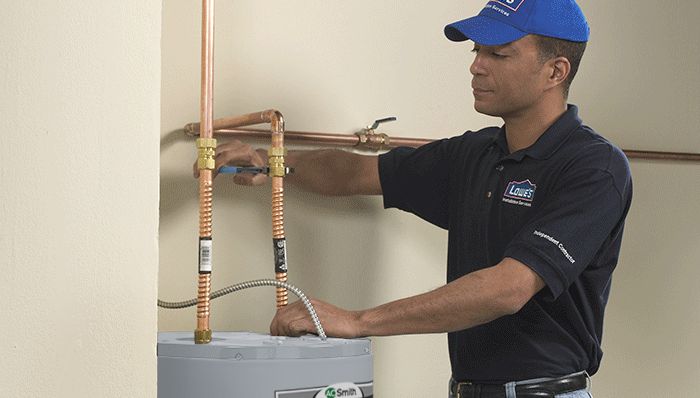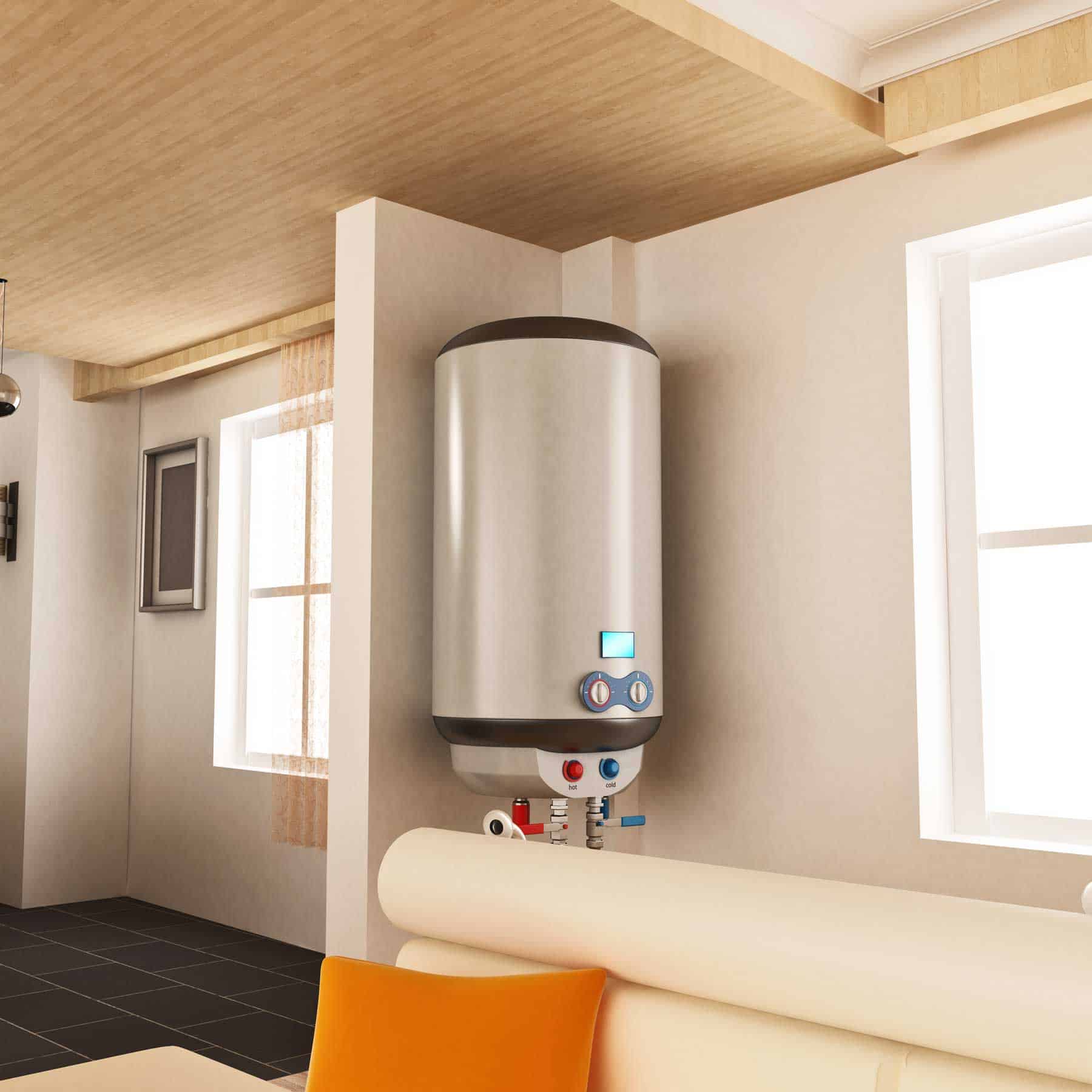On this page in the next paragraphs you will find more sound help and advice on the subject of Tips on Maintaining a Water Heater.

Warm water is important for day-to-day comfort, whether it's for a refreshing shower or cleaning recipes. To ensure your warm water system runs efficiently and lasts much longer, normal maintenance is essential. This write-up supplies sensible suggestions and understandings on exactly how to keep your home's hot water system to stay clear of interruptions and costly repair services.
Introduction
Preserving your home's hot water system could seem daunting, however with a couple of simple steps, you can guarantee it operates smoothly for several years to come. This guide covers whatever from understanding your hot water system to DIY upkeep tips and understanding when to hire specialist help.
Significance of Preserving Your Warm Water System
Regular maintenance not only prolongs the life-span of your warm water system but likewise ensures it operates effectively. Disregarding maintenance can lead to decreased performance, higher energy costs, and even early failing of the system.
Signs Your Hot Water System Demands Upkeep
Knowing when your hot water system needs interest can stop significant concerns. Keep an eye out for indications such as irregular water temperature, odd noises from the heating unit, or rustic water.
Purging the Water Heater
Flushing your hot water heater eliminates sediment accumulation, boosting efficiency and extending its life.
Monitoring and Changing Anode Rods
Anode poles prevent corrosion inside the tank. Checking and changing them when broken is essential.
Complex Problems Needing Specialist Aid
Examples include major leakages, electric troubles, or if your hot water heater is continually underperforming.
Regular Professional Maintenance Conveniences
Professional maintenance can include extensive evaluations, tune-ups, and ensuring conformity with safety standards.
Examining and Adjusting Temperature Level Setups
Changing the temperature settings ensures optimum efficiency and security.
DIY Tips for Upkeep
You can carry out several maintenance jobs yourself to keep your warm water system in leading condition.
Checking for Leaks
On a regular basis evaluate pipelines and links for leakages, as these can bring about water damages and greater expenses.
Recognizing Your Hot Water System
Before diving into maintenance jobs, it's handy to recognize the standard elements of your warm water system. Usually, this includes the hot water heater itself, pipelines, anode poles, and temperature controls.
Regular Monthly Maintenance Tasks
Regular month-to-month checks can help catch small problems before they escalate.
Examining Stress Relief Valves
Evaluating the stress safety valve ensures it functions appropriately and protects against too much stress accumulation.
Insulating Pipelines
Shielding hot water pipelines reduces warmth loss and can save energy.
When to Call a Specialist
While DIY maintenance is valuable, some problems require specialist know-how.
Final thought
Regular upkeep of your home's warm water system is important for efficiency, durability, and cost savings. By adhering to these tips and recognizing when to look for professional aid, you can guarantee a dependable supply of warm water without unforeseen disruptions.
Water Heater Maintenance: The Basics
Maintaining your water heater will ensure it operates efficiently and has a longer lifespan. Neglecting regular maintenance can lead to costly repairs and an even bigger chunk of your savings if you have to replace it sooner than necessary. But there’s good news: Most water heater maintenance tasks are relatively simple and easy for homeowners with basic DIY skills.
Flush the Water Heater
Over time, sediment and minerals can build up in the tank, reducing its efficiency and potentially causing damage. To flush the tank, turn off the power or gas supply, attach a hose to the drain valve near the bottom and open the valve to drain the water until it runs clear. Ideally, flush the tank annually.
Replace the Anode Rod
The anode rod is a sacrificial metal rod that helps prevent corrosion inside the tank. Inspect and replace it every three to five years or per the manufacturer's recommendation. To replace the anode rod, turn off the power or gas supply, drain a few gallons of water from the tank, unscrew the old rod and replace it with a new one. If the anode rod is significantly corroded or covered in calcium buildup, it's a sign the water heater may need to be replaced soon.
Tune-Up
A yearly tune-up can help identify potential issues and ensure your water heater operates at peak efficiency. This typically involves checking the thermostat, burner assembly (for gas heaters) and any other components specified by the manufacturer. During a tune-up, the technician may also clean the burner and adjust the pilot light (for gas heaters) or examine the heating elements (for electric heaters).
How to Maintain Your Water Heater
Insulate the tank. Insulating the tank can improve energy efficiency and reduce heat loss, saving you money on energy bills. You can purchase precut insulation blankets designed specifically for water heaters or use standard fiberglass insulation wrapped securely around the tank. Check the temperature. The recommended water temperature for most households is around 120 degrees Fahrenheit (49 degrees Celsius). Higher temperatures can increase energy costs and potentially cause scalding. Use a kitchen thermometer to check the temperature at the faucet nearest the water heater. Monitor water pressure. Excessive water pressure can strain the water heater and cause leaks or even tank failure. Install a pressure-reducing valve if necessary. The ideal water pressure range is between 60 and 70 PSI (pounds per square inch). Test the temperature and pressure (T&P) relief valve. The T&P relief valve is a safety feature that releases pressure if the tank gets too hot or the pressure builds up too high. Test it annually by lifting the lever and allowing a small amount of water to release. Replace the valve if it doesn't release water or reseal properly. Check for leaks. Regularly inspect the tank, pipes and fittings for leaks or corrosion. Deal with issues promptly to prevent further damage. Even a small leak can lead to significant water damage over time. Consider a tankless water heater. If your traditional tank-style water heater is nearing the end of its lifespan ( typically 10 years), consider replacing it with a tankless water heater. These units heat water on demand, reducing standby energy losses and potentially saving you money on your energy bills. Schedule professional maintenance. While homeowners can perform many water heater maintenance tasks, it's still a good idea to schedule professional maintenance every few years. A plumber or HVAC technician can thoroughly inspect the unit, identify potential issues and ensure it operates safely and efficiently. https://www.homeserve.com/en-us/blog/home-improvement/hot-water-heater-maintanence/

We hope you liked our post on How to Maintain Your Water Heater & Prolong its Life. Thanks a ton for spending some time to read our post. Please take the opportunity to promote this write-up if you enjoyed reading it. We love your readership.
Article